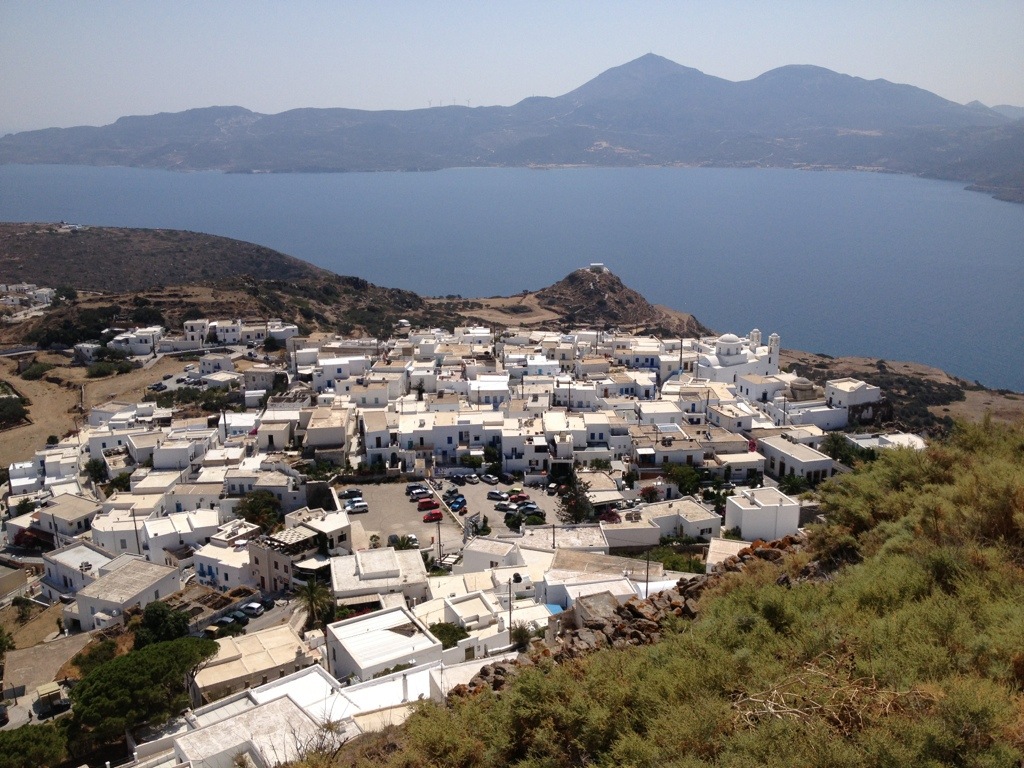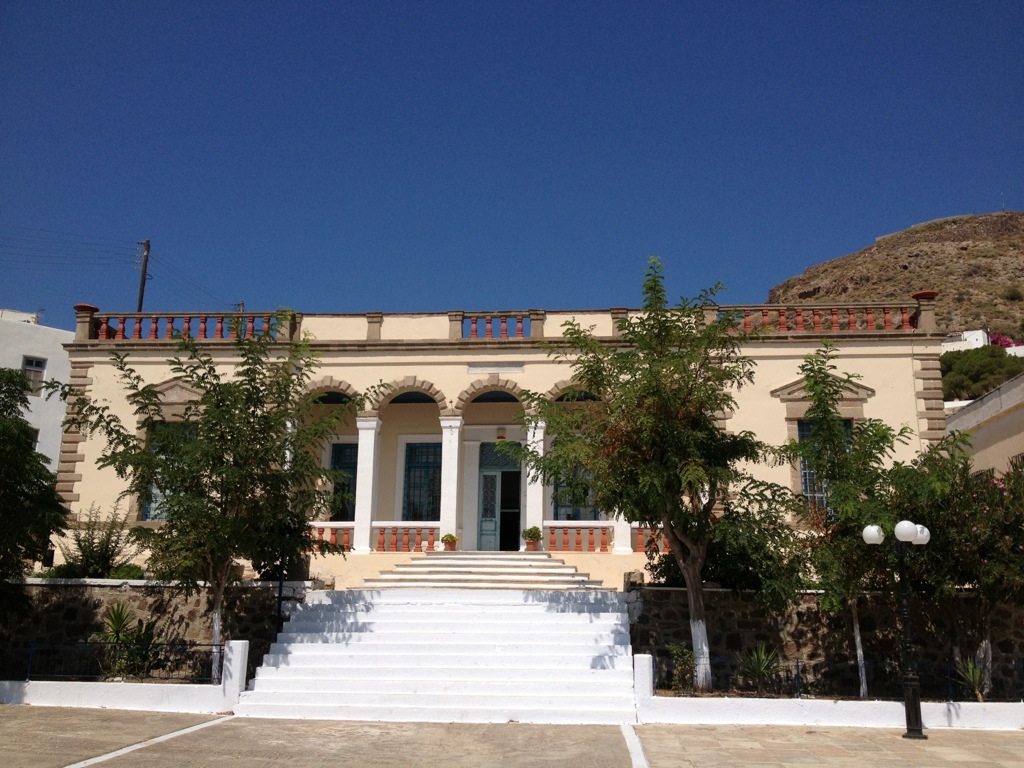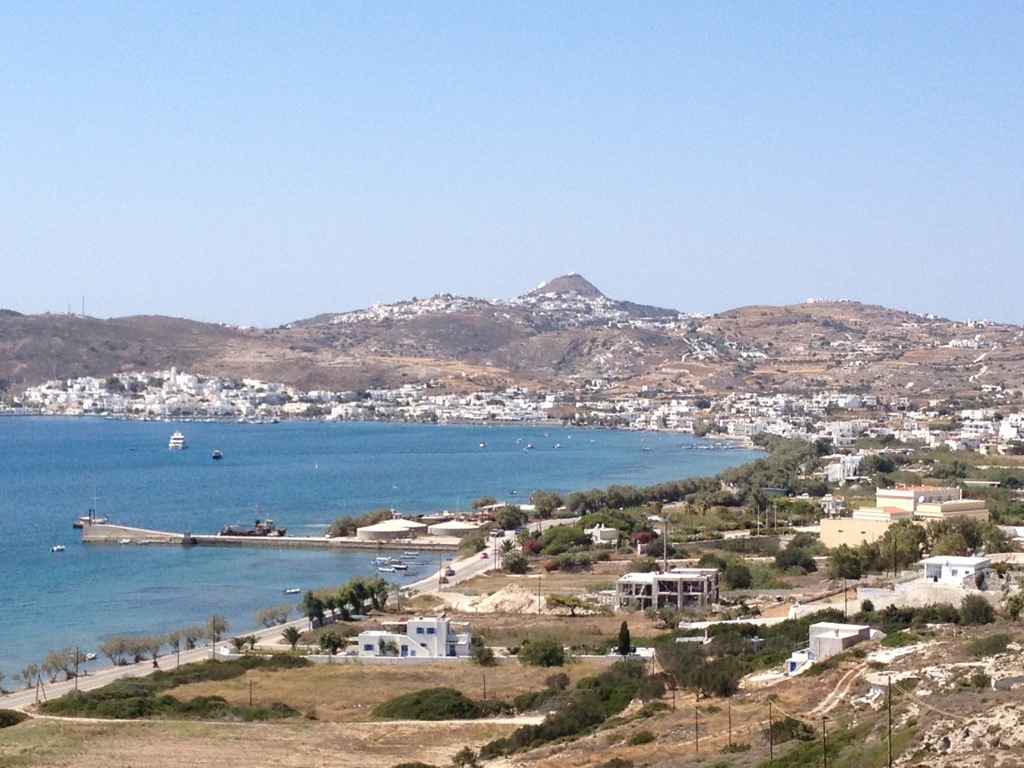Tag Archives: Plaka
Plaka, Milos
Nowadays, Plaka is the island’s capital and it is also one of the most intact capitals of Cyclades.
Its name comes from the level ground upon which the houses of its first inhabitants were built, when the Castle (Kastro) could no longer house the entire population.
Built on a hillock of 220m above sea level, with the use of island colors and according to the Cycladic architecture, with picturesque tiled alleys originally built for the protection against pirates, with small traditional shops, restaurants and cafeterias and with a magical view to the bay of Milos, Plaka composes a scenery of infinite beauty that you must visit and explore. (The circulation of cars is forbidden).
On the hill top of Plaka lies the imposing Venetian “Castle” dated from the 13th century from where you can enjoy idyllic sunsets with beautiful colors and the panoramic view to the island’s bay, as well as to neighboring Cycladic islands. The Assumption of the Virgin or else “Mesa Panaghia” is the church to be found on the top of the Castle, whereas climbing up to the Castle and descending from it, you will find another exquisite church built on a black rock: The Ypapanti of Christ or Panaghia Thalassitra. Moreover, do not miss out to visit ‘’Panaghia Korfiatissa” which is the island’s cathedral from where you can enjoy a dreamy sunset right from its marble yard.
Lastly, in the traditional settlement of Plaka, you will find most of the public services and the two museums that preserve the island’s cultural heritage, meaning its archaeological and folkloreheritage.
Archeological Museum, Plaka Milos
The Archaeological Museum of Milos is situated in Plaka and it is housed in a beautiful, neoclassic building by Ernst Ziller.
At the museum the following wonderful collections are exhibited:
A prehistoric collection from Fylakopi
A collection of sculptures and bas-reliefs
An obsidian collection
A collection of inscriptions
A true copy of Aphrodite de Milo rises in the Museum Entrance (Room A), which was made in the workshop of the Louvre Museum. In the left side of the room you can see glass-shown cases with blades, scales and obsidian exfoliates from Fylakopi, Nyhia and Demenegaki. Moreover, in the same room, you can see a large burial jar dated from the 6th century BC.
In the left room (Room B) you can see prehistoric objects dated from the 5th millennium till the end of the 2nd millennium BC. There, you can see glass-shown cases with archaeological findings from ancient Fylakopi, many pots with lilies painted on them , statuettes ,a tufa altar from Fylakopi’s sanctuary, a small collection of marble early Cycladic statuettes and the famous “Kyra of Fylakopi”.
In the small room behind the entrance (Room C) you can admire geometric, archaic, classic, Hellenistic and Roman works, plenty of coins, tools and handy objects.
Closing, reaching the room on the right of the entrance (Room D’), you will see findings from the ancient town of Klima, plenty of sculptures dated form the Hellenistic and Roman period (a Hermaic statue of Marius Trofimos, a tomb bas-relief of a young man with his servant etc.), marble donations and tables of the archaic Melian alphabet (Thanks to the peak the Melians had reached in the historic period, they had developed their own “Melian alphabet” composed of 21 letters).
Additional Info
- Working Hours:8:00 – 15:00, except for Monday
- Entrance Fee:3€ (2€ for visitors over 65 years old, free for students and children under 10 years old)
- Area: Plaka
- Phone:22870 28026



